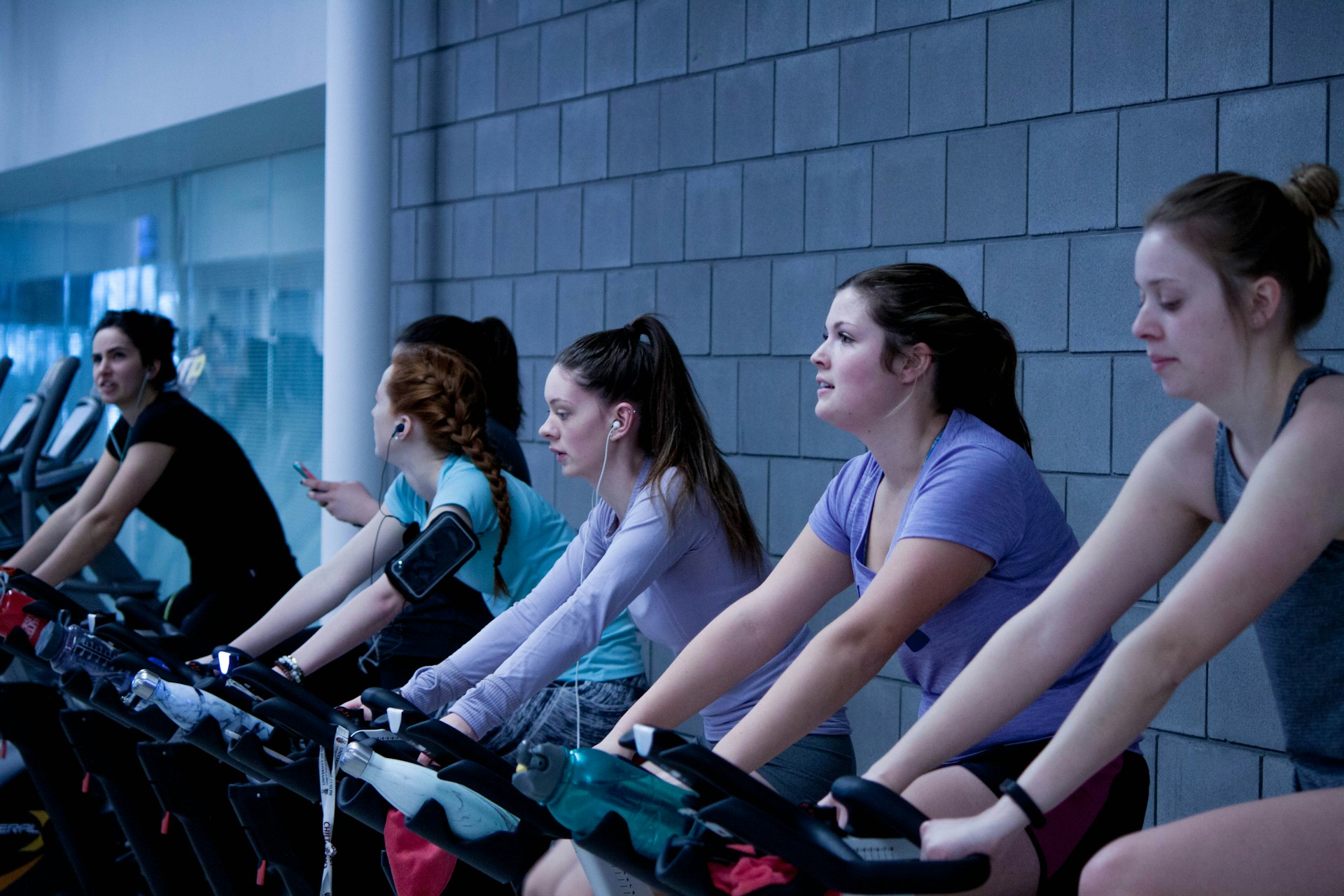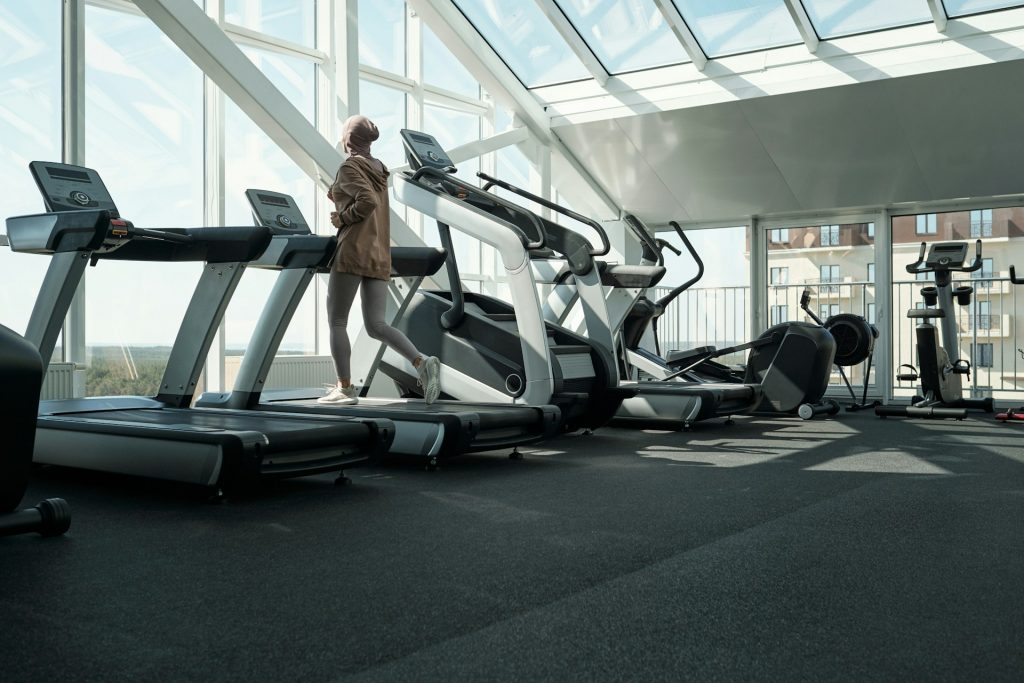
Elliptical Machine vs Treadmill for Workouts: Which is Better for You?
The elliptical and treadmill are two of the most popular cardio machines but is one better than the other? Choosing between an elliptical machine and a treadmill can feel like a daunting task. For many fitness enthusiasts, this debate revolves around key factors: workout goals, impact on joints, calorie burn, and overall versatility.
If you seek low-impact, full-body workouts, elliptical machines stand out. They mimic natural walking or jogging motions without putting stress on your joints. On the other hand, home treadmills offer an intense cardio experience, letting you control pace, incline, and intensity with ease, resembling outdoor running more closely.
The purpose of this blog is to break down the pros and cons of both machines, so you can make an informed decision that suits your fitness goals and preferences, lifestyle, and health needs.
What is an Elliptical Machine?
An elliptical machine is a stationary exercise machine designed to simulate walking, running, or stair climbing. Its smooth, circular motion reduces the impact on your joints, providing a low-impact, full-body workout.
It engages both the upper and lower body muscles, offering a balanced exercise experience. The pedals’ design ensures your feet stay in contact, minimizing joint stress and allowing for a comfortable, natural movement that closely mimics walking or jogging.
Key Benefits of Using an Elliptical Machine
- Low Impact: The elliptical’s motion puts less strain on your joints. Your feet remain on the pedals, reducing stress on ankles and knees. It’s ideal for individuals with joint concerns or recovering from an injury.
- Weight-Bearing Exercise: Unlike stationary bikes, ellipticals provide weight-bearing exercise. This helps maintain bone density and lowers the risk of osteoporosis.
- Full-Body Workout: Ellipticals target both upper and lower body muscles. Proper use engages quadriceps, hamstrings, glutes, chest, back, triceps, and biceps, enhancing overall muscle tone and endurance.
- Versatility and Convenience: Many ellipticals offer varying resistance levels and preset programs. You can easily customize workouts on an elliptical to match your physical fitness level and goals.
- Low Maintenance: With fewer moving parts, ellipticals require less upkeep. The reduced impact motion means you don’t have to worry about belts or motors wearing out frequently.
Potential Drawbacks of Elliptical Machines
Some users may find the elliptical’s motion awkward and less natural compared to running outside or walking. Certain models have fixed pedal widths that might not suit everyone’s stride, potentially causing discomfort.
Read Also: Gym Equipment for Abs
What is a Treadmill?
A treadmill is a classic cardio machine found in homes and gyms. It simulates walking, jogging, or running on a flat or inclined surface. Its motorized belt moves at adjustable speeds, allowing users to control their pace. Most treadmills also include features like speed, incline, and built-in programs to vary the intensity of workouts.
Key Benefits of Using a Treadmill
- High-Intensity Workouts: Treadmills offer options to increase speed and incline, making it easy to perform high-impact cardio. You can simulate hilly terrains and tailor the workout to your fitness level, burning more calories in the process.
- Realistic Running Experience: Treadmills provide a consistent surface and allow indoor training that closely mimics outdoor running. This is particularly useful for runners aiming to maintain or enhance their performance during unfavorable weather conditions.
- Weight-Bearing Exercise: Running or walking on a treadmill helps build bone density. This weight-bearing exercise is essential for maintaining strong bones and reducing the risk of osteoporosis.
- Tracking Progress: Modern treadmills come with features to monitor your workout metrics. Exercisers can track speed, distance, calorie burn, heart rate, and more, helping you set and achieve fitness goals.
- Folding and Compact Design: Many treadmills have foldable designs, making them suitable for home use. They save space when not in use, yet still provide the same high-quality workout experience as non-folding models.
Potential Drawbacks of Treadmills
- Running on a treadmill can strain the joints, particularly in the knees and ankles. This may not suit individuals with pre-existing joint issues or injuries, as the repetitive motion can exacerbate discomfort.
- Treadmills need regular maintenance to function correctly. The belts, motors, and rollers can experience wear and tear, requiring periodic checks and repairs to ensure optimal performance.
Elliptical Machine vs. Treadmill: A Side-by-Side Comparison
Let’s do a treadmill vs elliptical trainer comparison.

1. Impact on Joints
Ellipticals
Elliptical machines provide a low-impact workout. The feet remain on the pedals throughout, reducing stress on the ankles, knees, and lower back. This makes ellipticals suitable for individuals with joint concerns or those recovering from injuries.
Treadmills
In contrast, treadmills can be tougher on joints, especially when running at high intensity. The constant impact on the joints may contribute to discomfort or exacerbate existing injuries. However, treadmills with cushioned belts do offer some shock absorption, which can be gentler on the joints than running on outdoor surfaces.
2. Calorie Burn and Intensity
Ellipticals
When it comes to burning calories, elliptical machines provide a balanced, full-body workout, engaging both upper-body and lower body muscles. While the calorie burn might be slightly lower on an elliptical compared to a treadmill at a similar intensity, using an elliptical properly can still result in an effective calorie-burning session.
Treadmills
On the other hand, treadmills often take the lead. Running or walking outside at high speeds, especially with an incline, burns a significant amount of calories. Treadmills provide a more intense workout, making it easier to achieve fitness goals in a shorter time.
3. Versatility and Workout Variety
Ellipticals
Elliptical machines offer a broader range of resistance levels and pre-programmed workout routines. They mimic different exercises like hill climbing and interval training, making workouts more versatile. Some ellipticals even have articulating foot pedals that adjust to your stride, providing a customized experience.
Treadmills
Treadmills, however, come with options to adjust the speed and incline, allowing users to simulate outdoor running conditions. Many treadmills also include pre-set workout programs that vary in intensity. It is a good option for individuals who want to increase or decrease and adjust the intensity of exercises.
4. Maintenance and Durability
Ellipticals
Elliptical machines generally require less maintenance due to fewer moving parts. The lower-impact nature of the elliptical motion results in less wear and tear, reducing the likelihood of needing repairs.
Treadmills
Treadmills, conversely, have belts, motors, and rollers that need regular maintenance. High-intensity walking or running can also lead to quicker wear on the belt and motor, requiring periodic checks to keep the treadmill in optimal condition.
5. Space and Portability
Ellipticals
While some elliptical models are also designed for compact storage, many are bulkier and not as easily folded. Therefore, if space-saving is a priority, a foldable treadmill might be more suitable.
Treadmills
Treadmills often feature foldable designs, making them easier to store in compact spaces. This feature is particularly beneficial for home use, where space may be limited.
Read Also: Pilates Reformer Equipment
Choosing Between an Elliptical and a Treadmill for Your Fitness Goals
Who Should Choose an Elliptical Machine?
An elliptical machine suits individuals looking for a low-impact, full-body workout. It is ideal for those with joint problems, beginners, or anyone recovering from injuries. The elliptical’s smooth, gliding motion minimizes stress on the knees and hips, making it a great option for people who want to protect their joints while engaging both the upper and lower-body.
Who Should Choose a Treadmill?
A treadmill is perfect for individuals aiming for high-intensity cardio, weight-bearing exercises, and a workout that closely resembles outdoor running. Treadmill benefits runners and those looking to improve their cardiovascular health and fitness, and bone density. Treadmills allow for adjusting speed and incline, offering a versatile workout experience that helps in achieving weight loss and fitness goals.
Considerations for Home Use
When selecting equipment for home use, consider:
- Space: Treadmills are available in foldable models to save space, while some ellipticals may be bulkier.
- Portability: Foldable treadmills are easier to move and store compared to most ellipticals.
- Noise Levels: Ellipticals tend to be quieter due to fewer moving parts, while treadmills can generate more noise, especially at high speeds.
- Ease of Use: Treadmills offer straightforward controls, while ellipticals provide adjustable resistance and pre-set programs for versatile workouts. Prioritize the machine that fits your lifestyle and workout preferences best.
Conclusion
This blog explained the elliptical vs treadmill comparison in detail. Elliptical machines and treadmills each offer unique benefits. Ellipticals provide a low-impact, full-body workout ideal for joint health. Treadmills offer high-intensity, weight-bearing exercise for a realistic running experience. The best choice depends on individual fitness goals, health conditions, and preferences.
If possible, try the elliptical or a treadmill machine to see which aligns with your best workout needs.
Explore Dynamo Fitness Equipment’s range of treadmills, ellipticals, and a variety of gym equipment to suit your fitness journey. Shop from our collections online or visit our mega stores in Australia.
Gym Equipment Melbourne Stores
Gym Equipment Sydney Store
Gym Equipment Adelaide Store
Gym Equipment Perth Stores
Contact us today for more information and to schedule your visit.
